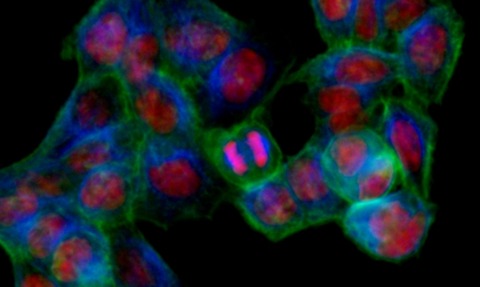100 million-year-old regions of DNA could advance crop science
6 Dec 2012

100 million-year-old regions in the DNA of plant species could hold secrets about how specific genes are turned ’on’ or ’off’.
The findings, made at Warwick University, could accelerate the pace of research into crop science and food security.
By running a computational analysis of the genomes of the papaya, poplar, Arabidopsis and grape species, scientists have uncovered hundreds of conserved non-coding sequences which are found in the DNA of all four species.
These non-coding sequences are not genes, but are located in the promoters upstream of genes and are around 100 DNA base pairs in length.
As the four species have evolved separately for around 100 million years, the fact that these regions have been conserved suggests they play an important role in the plants’ development and functioning.
The team at the University of Warwick believe these regions are involved in controlling the expression of the genes they are upstream of - in other words determining whether the genes are turned ’on’ or ’off’ according to the environmental conditions or developmental stage of the plant.
For example, some genes will be required for defence against pathogens, or others will be required for germination.
Dr Sascha Ott of the Warwick Systems Biology Centre said: “We know that certain genes are conserved between species - but we also see that sequences outside of genes are conserved.
“The regions outside genes that we have discovered have been kept for millions and millions of years across four species.
“There must be a reason for this - if something has been around for so long it is probably useful in some way.
“We believe it may be because these regions have a very important role to play in how the plant develops and functions.
“It is likely that they are involved in controlling gene expression - a vital area for scientists to study as it will ultimately help us to develop crops with specific properties, for example drought tolerance.
“By pinpointing these specific regions, we have zoomed in on what seems to be a very old, and very important, part of DNA.
“We have opened up a short-cut as with this information, the biology community can now focus their experiments on specific regions next to genes which are key targets for plant breeding, and could play an important part in addressing the issue of food security.
“This discovery can be used to underpin future research focusing on working out regulatory codes and link sequence patterns to expression patterns.”

